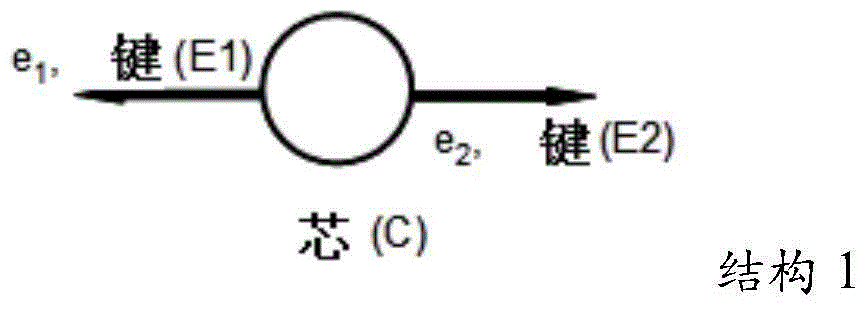Polyarylene foam materials
一种泡沫材料、聚亚芳基的技术,应用在聚合物泡沫领域,能够解决阻止起泡剂溶解度等问题
- Summary
- Abstract
- Description
- Claims
- Application Information
AI Technical Summary
Problems solved by technology
Method used
Image
Examples
example C1、2-4 and C5
[0263] The foams of Examples C1, 2-4 and C5 were prepared according to the general procedure as described above. First, by combining the polymer and TiO 2 (2 wt.% relative to the total weight of composition (C)) was fed into the first barrel section of a 25 mm Berstorff co-rotating intermeshing twin-screw extruder at a rate of 22 lb / hr (10 kg / hr) To produce the foaming compound. The barrel temperature settings for barrel sections 2 to 8 were set at the following temperatures, respectively: 260°C, 290°C, 300°C, 300°C, 320°C, 340°C, and 340°C and no heat was applied to the extruder for The material throat is located on barrel section 1. The die temperature setting was 330°C. The extruder screw speed used was 130-140 RPM. The foaming method used was the same one described above under the heading "General procedure for the preparation of the foam (P)". In this foaming method, isopropyl alcohol was used as a foaming agent and its concentration was set at 8 wt%. Foam was extru...
example C7、8-10
[0266] Examples C7, 8-10 and C11
[0267] The foams of Examples C7, 8-10 and C11 were prepared according to the general procedure as described above. First, by combining the polymer, Vapor talc (for quantities see Table 2 below) and A physical mixture of 1010 (0.125 wt.% with respect to the total weight of composition (C)) was gravimetrically fed to a 25 mm Berstorff co-rotating intermeshing twin-screw extruder at a rate of 25 lb / hr (11.4 kg / hr). The foaming compound is prepared in the first barrel section. The barrel temperature setting for barrel sections 2 to 8 was set at 300°C and no heat was applied to barrel section 1 where the feed throat of the extruder was located. The die temperature setting was 340°C. The extruder screw speed used was 200 RPM. The foaming method used was the same one described above under the heading "General procedure for the preparation of the foam (P)". In this foaming method, ethanol was used as a foaming agent and its concentration was ...
PUM
| Property | Measurement | Unit |
|---|---|---|
| glass transition temperature | aaaaa | aaaaa |
| density | aaaaa | aaaaa |
| glass transition temperature | aaaaa | aaaaa |
Abstract
Description
Claims
Application Information
 Login to View More
Login to View More - R&D
- Intellectual Property
- Life Sciences
- Materials
- Tech Scout
- Unparalleled Data Quality
- Higher Quality Content
- 60% Fewer Hallucinations
Browse by: Latest US Patents, China's latest patents, Technical Efficacy Thesaurus, Application Domain, Technology Topic, Popular Technical Reports.
© 2025 PatSnap. All rights reserved.Legal|Privacy policy|Modern Slavery Act Transparency Statement|Sitemap|About US| Contact US: help@patsnap.com



